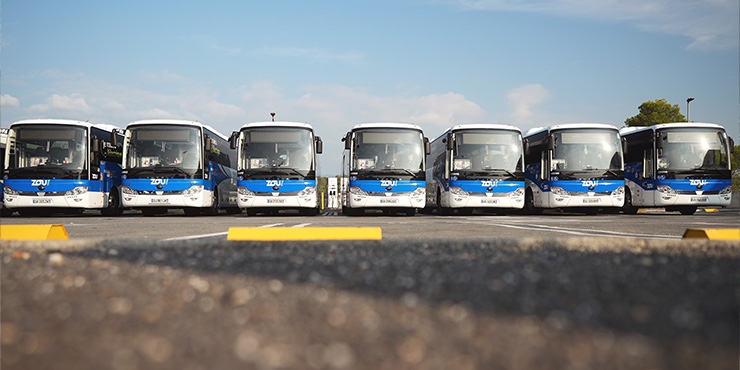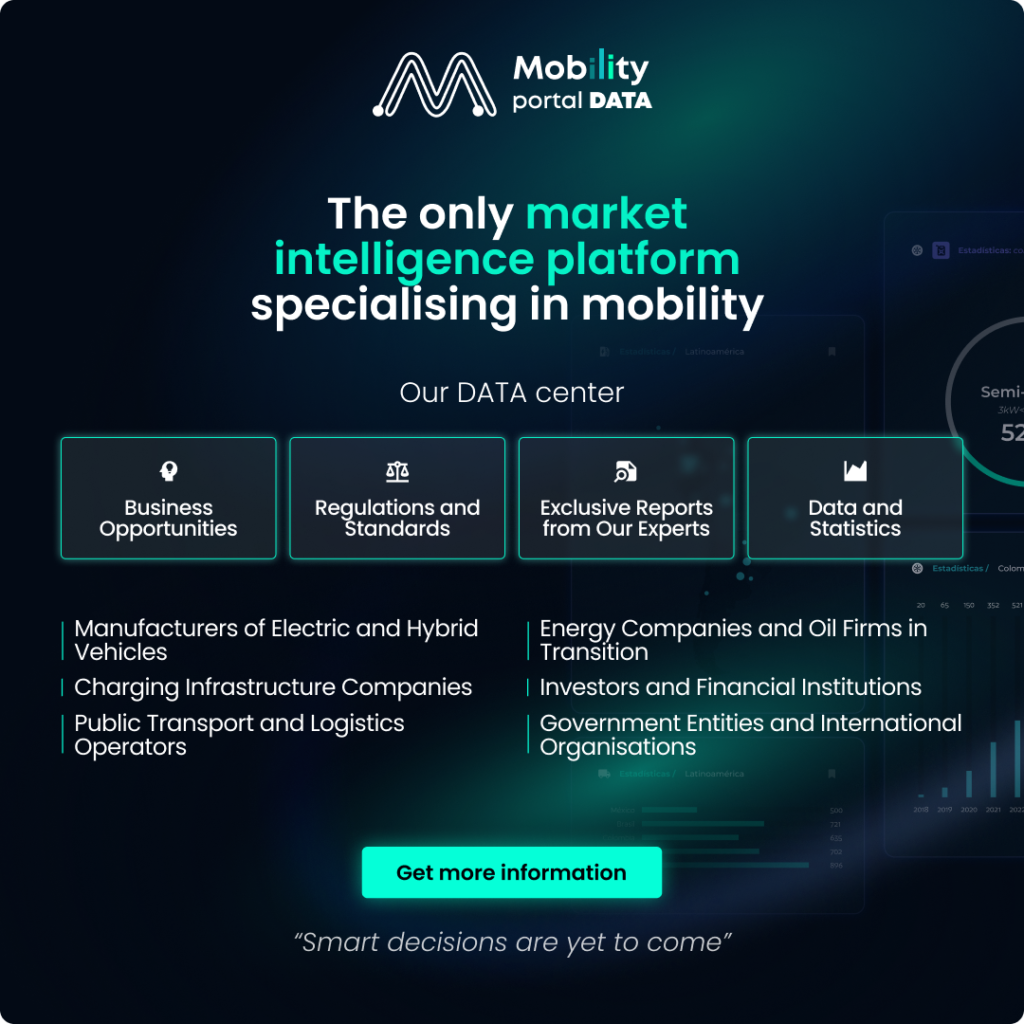Keolis Group has an emission reduction strategy that is aligned with the Science Based Targets initiative (SBTi), which certifies that its goals are in line with the Paris Agreement.
How is this transition financed?
“We used to receive public funding, but currently there are almost no incentives in Europe. They are disappearing,” says Bruno Lapeyrie, Director of the Energy Transition Excellence Centre, in an interview with Mobility Portal Europe.

However, he adds: “Depending on the country, some programs are still available in certain places.”
For instance, in regions such as Belgium, authorities negotiated an incentive scheme based on the distance travelled by electric buses.
The need for this public financing arises because, despite electric technology being reliable and constantly improving, the total cost of ownership (TCO) of the vehicles remains a challenge.
“Nowadays, the TCO of eBuses is still 20% higher than it used to be with the combustion ones, because the CapEx (capital expenditure) is much higher,” he explains.
It is important to note that CapEx includes not only the cost of the units but also of the chargers and the battery replacement.
Keolis’ keys to reducing costs
“Electrification is not a straightforward process, but there are various ways to manage and optimise it efficiently,” says the representative of the Group.
According to Lapeyrie, the design of operational systems that balance investment and operating costs is one of his team’s main focuses.
This equation also includes the charging strategy, which raises questions such as: when? where? at what power? and with which technology?
Currently, Keolis does not use public chargers but instead recharges at its own facilities, designing the system based on the electricity grid constraints of each country.
“This forces us to charge responsibly,” he affirms.
In this context, he details: “Finding the optimal balance between CapEx investment, OpEx (operating expenses), and even the location of workshops and depots is the responsibility of my team.”
Their task is to determine this balance, anticipating technological advances, batteries, the charging system, software, smart charging, among other factors.
In this framework, Keolis has achieved significant success stories, such as in Antibes, in the South of France, where it operates around 125 electric vehicles, including double-decker coaches.
These are powered both with slow charging at the depot and fast charging at several locations.
Decarbonisation as a central goal
“By 2030, we will reduce our carbon footprint by half compared to 2020,” Lapeyrie specifies.
Currently, Keolis operates a fleet of 23,000 vehicles, of which approximately 2,000 are electric and 40 are hydrogen (H).
Although the adoption of these units is still “small”, the representative anticipates gradual growth: “We could reach 100 hydrogen buses soon.”
However, he acknowledges the challenges associated with this, such as the high cost of H production and the limitations of fuel cells.
“These are improving thanks to automotive industry standards,” he states.
The Group already operates some electrolyzers for the production of this fuel, but it identifies some weaknesses.
In this regard, he argues that the electrolyzer is a “fragile, and expensive-to-maintain.”
“This increases the price of hydrogen, which is already high due to the high cost of electricity, although it is decreasing,” he maintains.
With all this, Keolis aims to become a global leader in low-carbon transport.
According to the company, public mobility services, although representing less than 3% of the global sector’s pollutant gases, will play a key role in this transition.
“Electrification is a major change and a powerful tool to achieve our decarbonisation goal,” concludes Bruno Lapeyrie.








